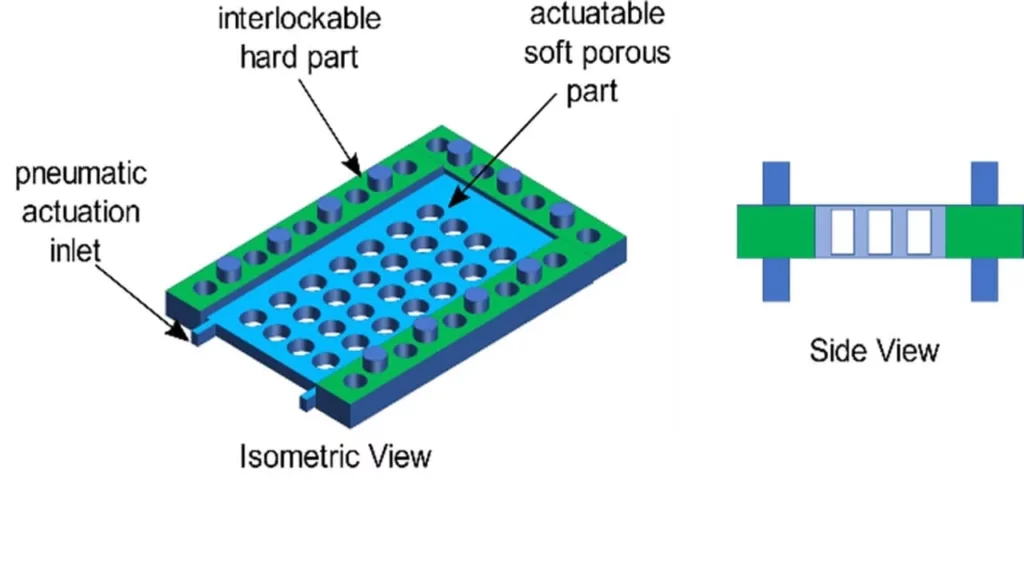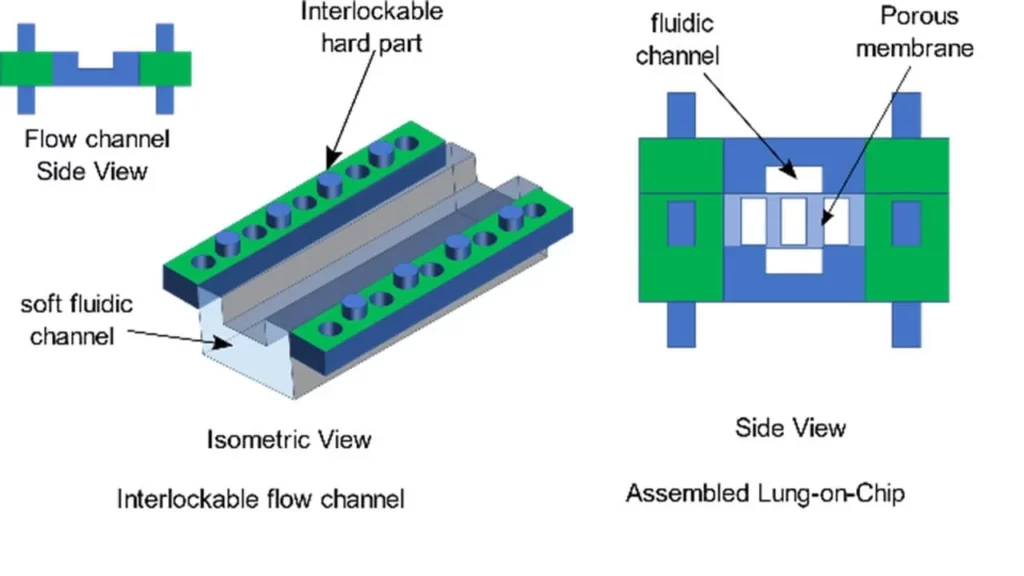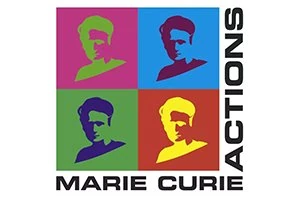Plug-n-play tool-kit of organ-on-chips: PTOoC
About 20% of kidney injuries acquired during hospitalization are due to drug-induced nephrotoxicity, which the current preclinical models failed to predict.
There is an imminent need for inexpensive drug-development models with high physiological relevance using organ-on-chips.
This project is completed now. If interested, feel free to contact us.
Plug-n-play toolkit for organ-on-chips: introduction

Understanding the human physiological response to newly developed drug molecules is critical in drug discovery and development. Drug discovery heavily relies on two approaches: well-plate-based cell culture and animal model-based testing.
These approaches fail to provide the required early-stage predictive insight, as they lack the required degree of physiological relevance.
The demand for testing systems with high physiological relevance while being cost-effective has led to the development of Organ-on-Chips (OoC). In contrast to conventional cell culture-based methods, organ-on-chips enable control over various physical, chemical, physicochemical, and biochemical cues required to recapitulate the minimum functional unit of a human organ.
Plug-n-play organ-on-chips: more physiologically relevant models
In recent years, there has been significant progress in organ-on-chips with the development of several MPS micro-physiological systems that enable in vitro modeling of different human body organ systems. However, organ-on-chips have yet to cross specific key barriers for them to become the gold-standard method for drug testing.
The current state-of-the-art organ-on-chips suffer from low standardization levels and low throughput workflows compared to their conventional cell culture-based counterparts.
Further, the functional scaling of organ sizes and vascular flow warrants a significant design constraint in developing organ-on-chips. So far, the design has followed the approach of identifying the minimal functional/physiological aspect of a given organ and implementing the various physiological cues, using various micro-actuation and microfluidic techniques.
This has led to several varied approaches to the design problem, with very little focus on modularity and standardization. The low level of standardization makes it extremely difficult to compare studies performed by different research groups.
Moreover, using current commercially available organ-on-chips requires at least some basic training for non-experts in microfluidics. Very few systems exist which can enable a simple and efficient plug-and-play level of usability.


Plug-n-play Organ-on-chips: project description
To tackle the problems of standardization and ease of use, we propose a modular approach to design and fabricate organ-on-chip systems.
In this project, we propose to develop a standardized consumable parts library that can assemble any organ-on-chip system as the user requires.
Each part of the library would enable a specific physicochemical stimulus/structure warranting its use in designing a particular type of organ-on-chip. The consumable parts library would enable quick design and rapid prototyping of organ-on-chip systems while instilling a high level of standardization in the domain.
The developed parts library would be compatible with the existing world-to-chip Elveflow microfluidic interfaces. This creates an inexpensive, complete, easy-to-use toolkit for organ-on-chip-based drug testing.
Organ-on-chips require exact control over several experimental parameters like flow rate, pressure, etc.
In conjunction with the used sensors and controllers, the developed parts library would provide the required control and programmability with a high degree of precise control over experimental parameters.
Microfluidic calculator
During this project, we developed the Elveflow microfluidic calculator. Now, you can choose the perfect instrument calibrated for your needs, determine your flow rate, the pressure you need to apply, the best tubing resistance length for your setup, wall shear stress for biology applications, cell culture, and many more.
This project has received funding from the European Union’s Horizon 2020 MSCA-IF under grant agreement No 840231 (PTOoC).
Researcher

Dr. Veerendra Kalyan Jagannadh
Research Associate
- PhD in in Applied Physics (Indian Institute of Science, India)
- Bachelor of Engineering in Electronic Instrumentation (Birla Institute of Technology & Science-Pilani (BITS-Pilani), India)
Areas of expertise:
Microfluidics, Optics, Digital Image processing.

